Growth Marketing Approach: Account-Based vs. Volume-Based
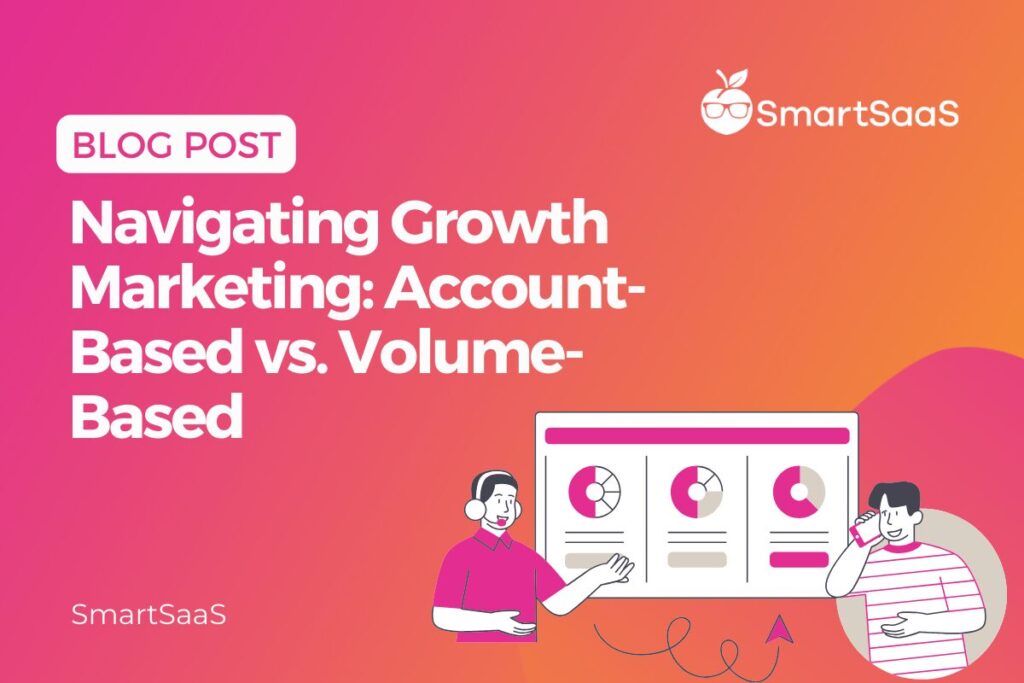
Generating leads is a crucial part of any business’s success. It’s what keeps a steady stream of potential customers coming your way and fuels long-term growth.
In this guide, we’ll break down two powerful lead generation strategies—account-based marketing (ABM) and volume-based marketing. You’ll learn how each approach works, when to use them, and how they can help grow your business.
Whether you’re running an established company looking to refine your marketing strategy or a marketer aiming for better results, this guide will give you the insights you need to make smart decisions.
Understanding Account-Based Marketing
If your usual growth strategies aren’t delivering results, it’s time for a new approach. Account-based marketing (ABM) is a targeted and strategic way to generate high-quality leads. This method focuses on the right prospects, making your outreach more effective and your efforts more rewarding.
Account-based lead generation is a sales marketing strategy that identifies and targets specific high-potential accounts through customized sales and marketing materials.
This approach focuses on tailoring your sales efforts to the needs of each targeted account to increase the chances of capturing the lead. Using this method, you can build stronger relationships with potential clients while improving your chances of meeting sales goals.
Benefits and Advantages of an Account-Based Approach
1. Laser-Focused Targeting
Traditional lead generation often casts a wide net, resulting in many leads, but many are low-quality and not genuinely interested in your product or service.
Account-based marketing flips the script by targeting specific companies or accounts that align with your ideal customer profile. This approach ensures that you engage with high-value prospects who are more likely to convert into loyal customers.
2. Personalized Engagement
In an era where personalization is vital, account-based marketing allows you to tailor your messaging and content to each target account’s unique needs and challenges.
This level of personalization enhances your chances of building meaningful relationships with potential clients, as they feel that you understand their pain points and can provide customized solutions.
3. Efficient Resource Allocation
One of the standout advantages of account-based marketing is its resource efficiency. You can allocate your resources more effectively by focusing on a select number of accounts. This leads to better ROI and a higher likelihood of conversion.
4. Improved Sales and Marketing Alignment
Account-based strategies bridge the gap between sales and marketing teams, fostering better collaboration and communication. Both teams work together closely to identify, nurture, and close deals with target accounts.
This alignment streamlines processes and ensures everyone is on the same page, leading to faster sales cycles and higher revenue.
5. Measurable Results
With an Account-Based approach, you can track and measure the impact of your efforts more accurately. Metrics such as engagement rates, conversion rates, and ROI are easier to assess when dealing with a limited number of target accounts. This data-driven approach allows for continuous optimization and refinement of your marketing strategy.
Elements of a Compelling Account-Based Marketing Strategy
Several essential elements must be considered to craft a compelling and professional account-based strategy. This includes the following:
- Identifying your ideal customer profile (ICP)
- Creating a target account list
- Personalizing your outreach and messaging
- Collaborating with your sales and customer success teams
Firstly, identifying your ideal customer profile (ICP) is crucial in an account-based marketing strategy. This involves understanding the key characteristics of your target audience, including their pain points, goals, and challenges. Doing so can create a more tailored and effective strategy that resonates with your target audience.
Once you have identified your ICP, the next step is creating a target account list. This involves researching and identifying companies that fit your ICP and prioritizing them based on their conversion likelihood. By doing so, you can focus your efforts on the accounts most likely to drive revenue and growth for your business.
Personalizing your outreach and messaging is also essential in an account-based marketing strategy. This involves understanding each account’s unique needs and interests and tailoring your messaging and marketing materials accordingly. By doing so, you can create a more personalized and engaging experience for your prospects, improving your chances of conversion.
Finally, collaborating with your sales and customer success teams is essential for a successful account-based marketing strategy. This involves working closely with these teams to ensure alignment in your approach and gain insights and perspective into your target audience’s needs and pain points.
Maximizing ROI through Volume-Based Marketing
Investing time and money into lead generation strategies with little ROI? Perhaps a volume-based lead strategy is good for you!
What Is Volume-Based Marketing
Volume-based marketing is focused on generating a high volume of leads to increase your chances of converting leads into customers.
Why does volume-based marketing maximize ROI?
Simply put, the more leads you generate, the higher the likelihood you’ll convert those leads into paying customers. When you focus on reaching a large audience, you increase your chances of attracting the right people who are genuinely interested in your product or service.
Benefits and advantages of Volume-Based Approach
Volume-based marketing offers several benefits that can help businesses reach a wider audience and achieve their goals more effectively. Here are five key advantages of implementing this strategy:
Reaching a More Extensive Audience
One of the primary advantages of volume-based marketing is its ability to cast a wider net same with account-based strategy. Businesses can create more opportunities to engage potential customers by targeting a larger audience.
This is particularly beneficial in competitive markets or when aiming to scale the business rapidly.
Identifies Lead Sources
Volume-based marketing is not just about quantity; it also emphasizes quality. This approach enables businesses to pinpoint the most effective lead sources by tracking and analyzing lead data.
Businesses can allocate their resources and efforts more efficiently by gaining insights into which channels, campaigns, or platforms deliver the best results.
Making Data-Driven Decisions
In the digital age, data is invaluable, and volume-based marketing provides a treasure trove of data points. By gathering comprehensive insights into the target audience, such as demographic information and user behavior, businesses can make informed decisions about their marketing strategies. This includes refining messaging and fine-tuning targeting to maximize results.
Achieving Cost-Efficiency
While volume-based marketing may involve higher initial costs due to broader reach and potential ad spending, it can prove cost-efficient in the long run. By identifying the most effective lead sources and optimizing campaigns, businesses can reduce customer acquisition costs and improve their return on investment (ROI).
Scalability
As businesses grow, their lead generation needs to expand as well. Volume-based marketing is highly scalable, making it a suitable strategy for businesses of all sizes. Whether it’s a startup looking to establish its presence or an enterprise aiming for global expansion, this approach can adapt to the growth trajectory. This flexibility allows businesses to continue generating leads at a pace that aligns with their ambitions.
Key Elements of a Volume-Based Marketing Strategy
A successful volume-based marketing strategy involves several key elements that attract many leads. Here are the essential components:
- Identifying your ideal customer profile (ICP)
- Engaging and personalized content
- Leveraging the right technology and tools
- Measuring success and optimization
To generate leads for your business effectively, it is vital to identify your ideal customers. You can achieve this by defining your ideal customer profile, conducting market research, and creating buyer personas. By doing this, you can tailor your marketing efforts to reach the right audience with the right message, improving your chances of generating high-quality leads.
Creating engaging and personalized content that resonates with your target audience is crucial in converting potential customers into leads. To achieve this, it is necessary to understand the buyer’s journey, develop a content strategy, and diversify your content mix. By utilizing these steps, you can create content that engages prospective customers and guides them through their purchase journey.
Leveraging the right technology and tools is essential in a volume-based marketing strategy. You can streamline your lead generation process and obtain insights to optimize your efforts using marketing automation, customer relationship management (CRM) software, and analytics and reporting tools.
Measuring success and optimization is an ongoing process in developing a volume-based marketing strategy. Begin by setting specific goals and metrics, testing and tracking your campaigns, and continuously improving your strategy for better results. Remember to measure the ROI of your campaigns to ensure your efforts yield the desired results.
Choosing the Right Growth Marketing Approach
The decision between account-based and volume-based strategies is a pivotal one that can significantly impact your success. Know why you should choose the right approach for your business and be amazed by real-world examples of companies effectively wielding these strategies.
Factors to Consider when Deciding Between Account-Based and Volume-Based Strategies
Target Audience
Your audience plays a pivotal role in determining your approach. If you’re targeting a niche market with a handful of high-value accounts, an account-based approach may be more suitable. Conversely, if your target audience is broader and you have a range of products or services to offer, Volume-Based strategies could be the way forward.
Product or Service Complexity
The complexity of your offerings is a critical factor. High-complexity products or services often require a more personalized approach, making account-based strategies more effective. For more straightforward offerings, a volume-based approach might suffice.
Resources and Budget
Consider your available resources and budget. Account-based strategies often demand more resources due to their personalized nature. Volume-based strategies can be more budget-friendly but require efficient automation tools and processes.
Sales Cycle Length
The length of your sales cycle should also guide your decision. Account-based strategies are better suited for longer sales cycles, where nurturing relationships over time is essential. For shorter sales cycles, Volume-Based strategies can be more efficient.
The Hybrid Approach: Combining Account-Based and Volume-Based Strategies
What if I told you there’s a way to fully maximize your lead generation? It is by combining the two strategies creating a perfect sales marketing harmony. A hybrid Approach is the ultimate solution to you revenue growth problems.
Know the advantages and obstacles that come with embracing a hybrid approach. Let’s unravel this hybrid approach once and for all!
Benefits of the Hybrid Approach
First and foremost, the hybrid approach acts as a superpower in your sales and marketing arsenal, allowing you to cast a wider net while still precision-targeting specific accounts and influential decision-makers. It allows you to reach a broader audience without sacrificing your ability to strike at the heart of your ideal customer base.
Moreover, the hybrid approach empowers your organization to adapt to the ever-evolving landscape of the business world. It provides the flexibility needed to pivot quickly in response to market trends, ensuring your strategies remain relevant and practical. This adaptability can be a game-changer in the competitive arena of sales and marketing.
Furthermore, by combining the strengths of both inbound and outbound strategies, the Hybrid Approach maximizes your chances of converting leads into loyal customers. It attracts potential customers through engaging content and inbound tactics and actively reaches out to prospects through outbound methods, ensuring no opportunity slips.
Challenges of the Hybrid Approach
The hybrid approach has its fair share of challenges. Implementing this approach successfully demands seamless coordination and collaboration between your sales and marketing teams. This integration is easier said than done, as these teams often have different priorities, communication styles, and metrics for success.
The hybrid approach also necessitates thoroughly understanding your target audience and their preferences. Failing to align your strategies with the expectations of your prospective customers can result in mixed messaging and a less effective overall approach. It requires a deep dive into market research and continuous analysis to ensure your hybrid strategy remains on the right track.
Another challenge lies in managing the various tools and technologies required to execute the hybrid approach effectively. Maintaining an up-to-date tech stack and ensuring that it integrates seamlessly can be a daunting task, especially in the face of rapidly evolving digital marketing tools and platforms.
To Wrap Things Up
In conclusion, the decision between Account-Based and Volume-Based Marketing strategies is a critical one that depends on various factors, including your target audience, the complexity of your products or services, available resources, and the length of your sales cycle. Both approaches offer distinct benefits and advantages.
Choosing the right approach depends on your unique circumstances and goals. You can also use the hybrid approach, which combines elements of both Account-Based and Volume-Based strategies and offers the flexibility to target specific accounts while reaching a broader audience.
The smartest way to generate leads isn’t by choosing just one method. It’s by using different methods to understand them better. Leads have different preferences, so they need different ways of capturing their interest.
Related Content in Our Marketplace
-
Mastering Startup Revenue Growth: Sales and Marketing Bootcamp
-
Guide to ICP & Buyer Persona
-
Buyer Persona Template
-
Ideal Customer Profile Template – Advanced
-
Ideal Customer Profile Template – Simple
-
The Ultimate Guide to Account-Based Marketing

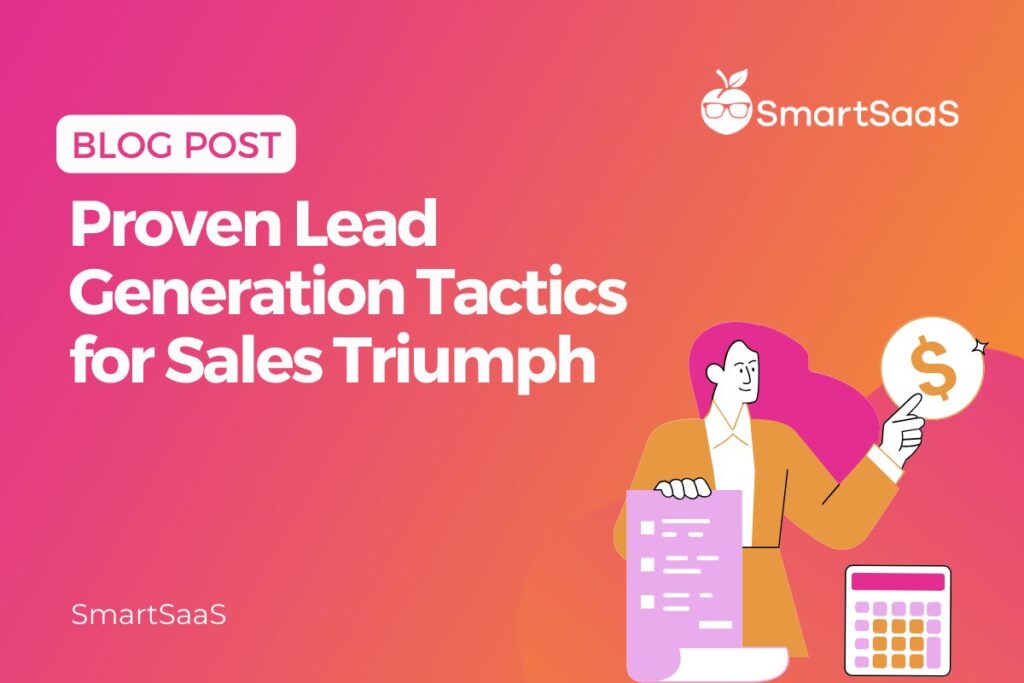
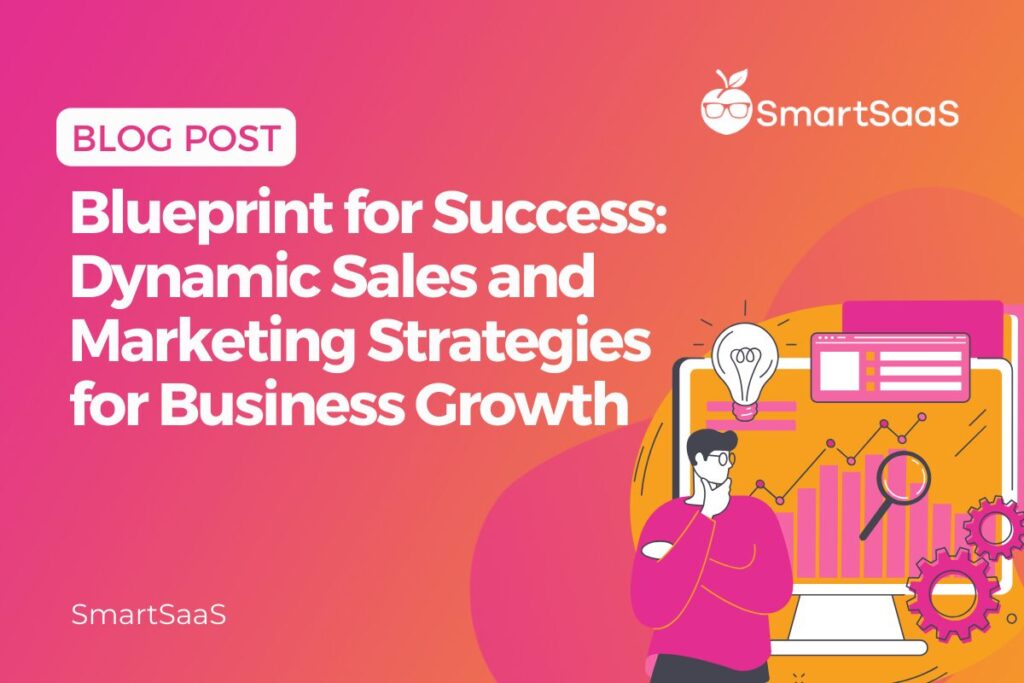
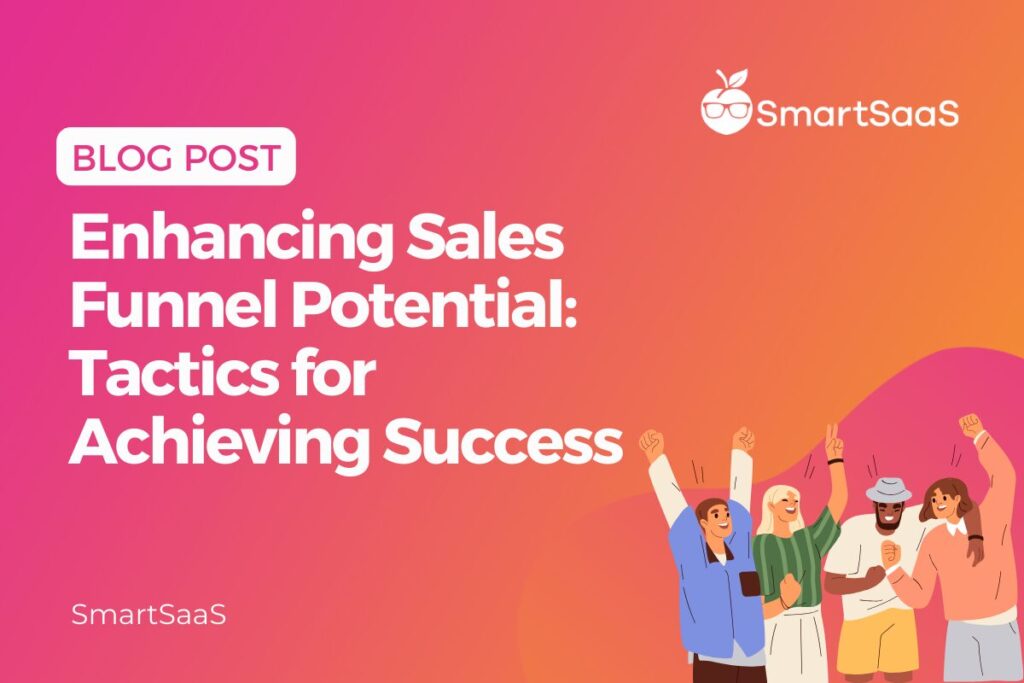
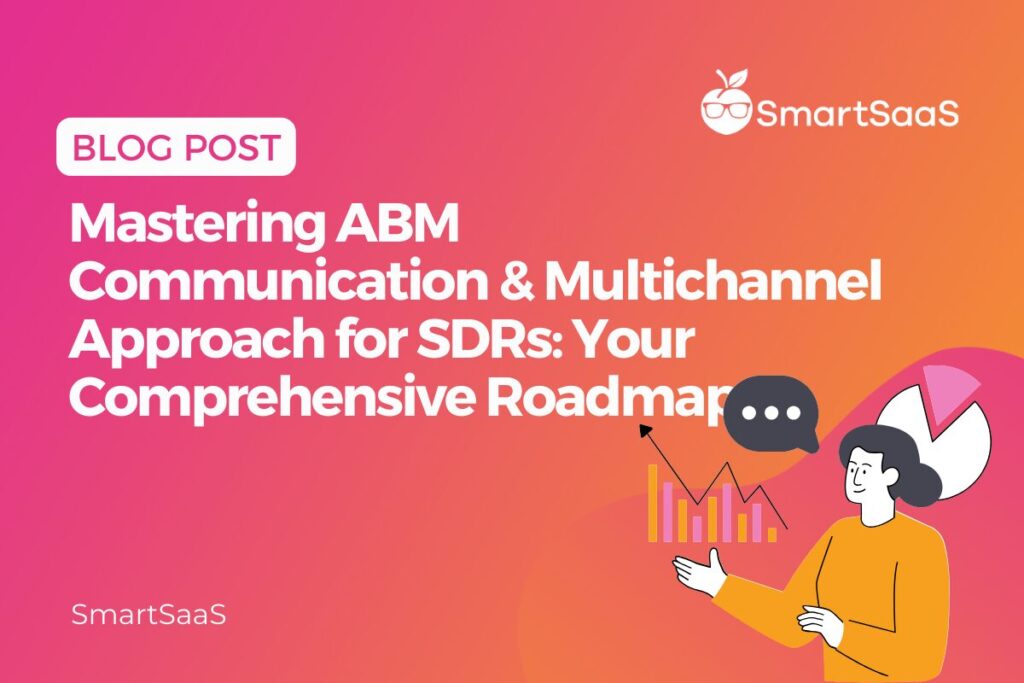
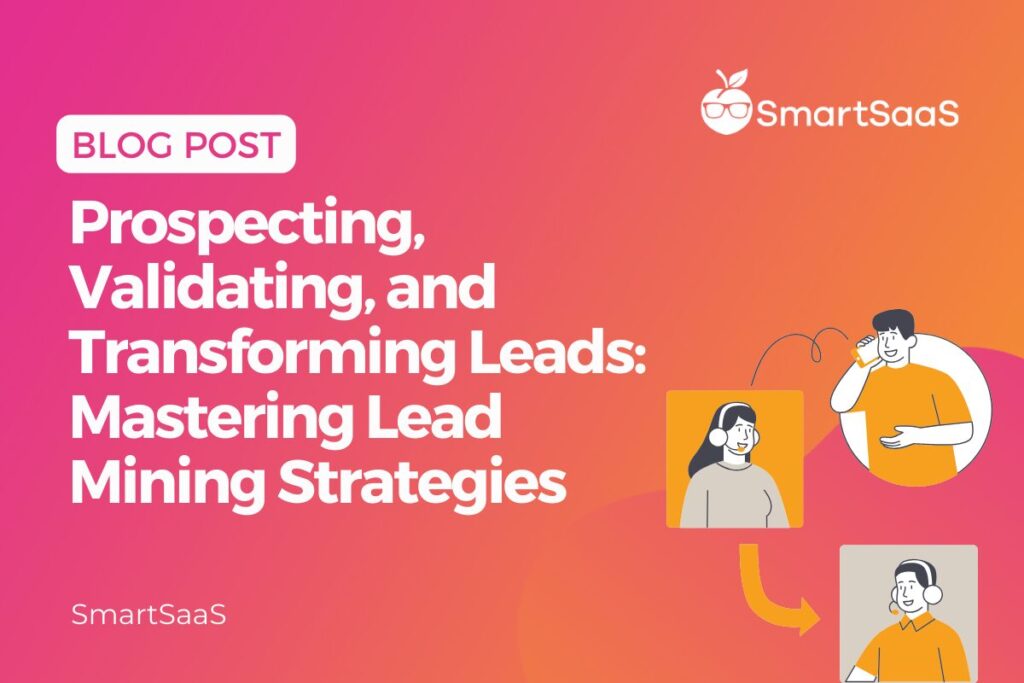
Responses